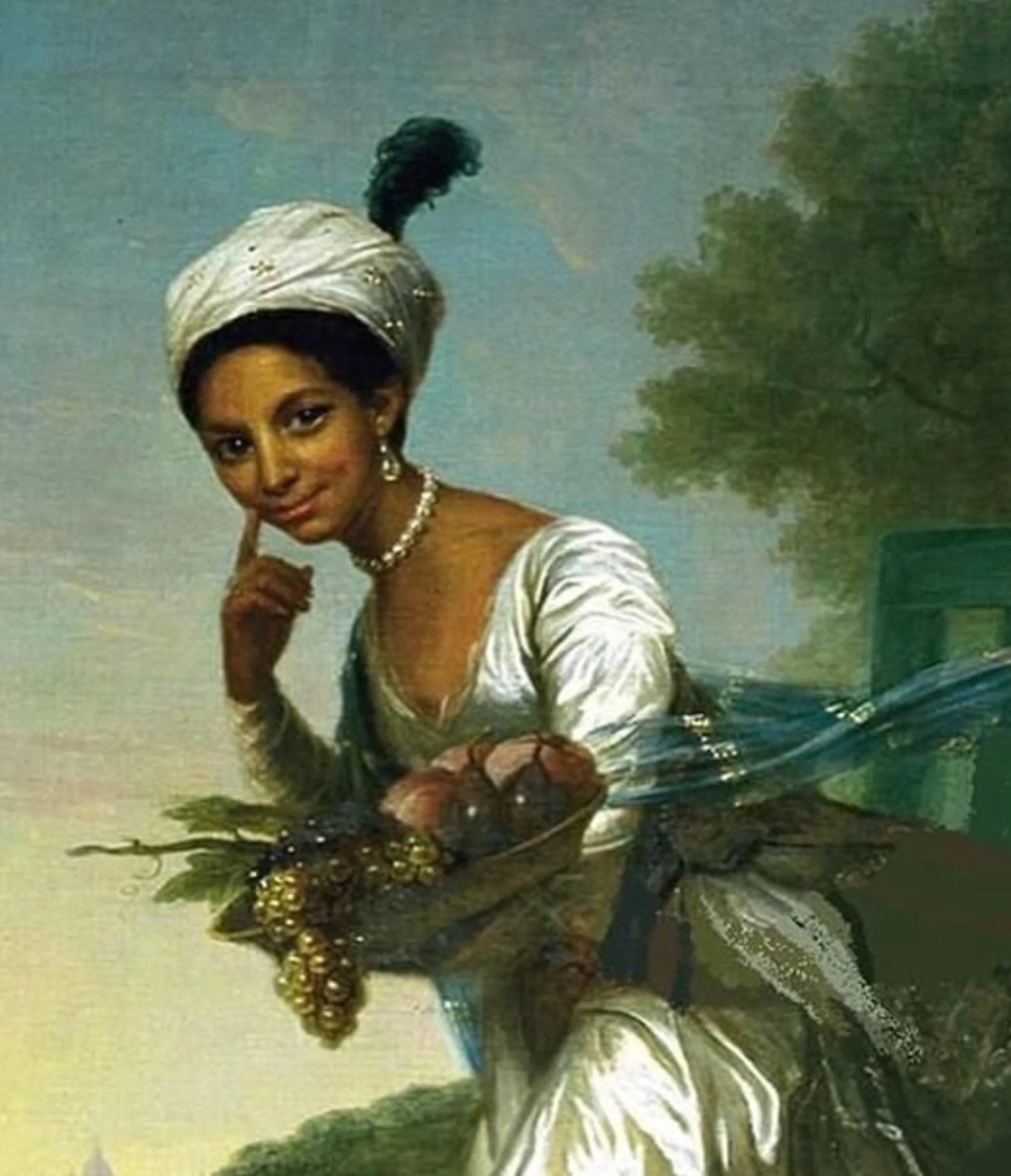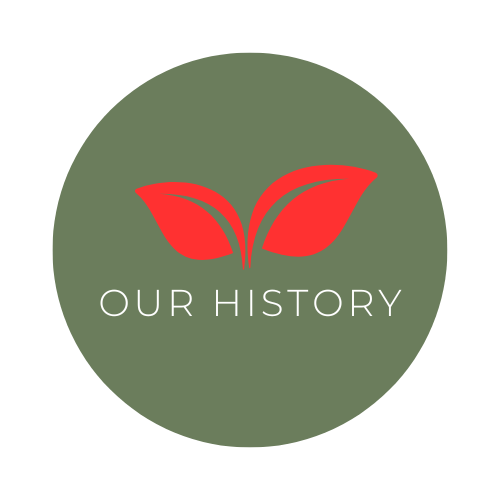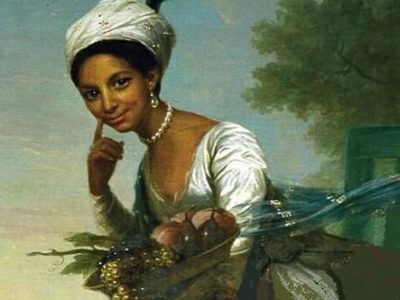The presence of Black people in Britain traces back to centuries before the Windrush generation. In this post, we continue our series about Black British people from the 18th century with five more Black British people who built their lives in Britain.
During the latter half of the 18th century, not every Black individual was subjected to enslavement or relegated to servant roles. Black people were integrated into English society, taking up professions as sailors, artisans, entrepreneurs, and musicians. They married and established families.
Watch the video below or read on.
George Africanus

George Africanus, who lived between 1763 and 1834, is Nottingham’s inaugural Black entrepreneur, founding a job placement agency known as the Africanus Register of Servants.
Born in Sierra Leone, George was enslaved and transported to England at the tender age of three, eventually becoming a gift to a prosperous businessman from Wolverhampton, Benjamin Molineux.
Following an apprenticeship in brass founding at one of Molineux’s foundries, George relocated to Nottingham. There, he married a local lady, Esther, and embarked on a path of property and business ownership, which also endowed him with voting rights.
George’s life journey concluded at the age of 71. His resting place is St Mary’s Churchyard in Nottingham. A commemorative plaque from the City of Nottingham was placed at the site to honour his legacy.
Joseph Emidy

Joseph Emidy lived between 1775 to 1835. He was originally from West Africa. During his childhood, he was enslaved by Portuguese traders who transported him first to Brazil and then to Portugal. The origins of his violin training remain unclear, but in Portugal, he honed his craft as a violinist, performing for the Lisbon Opera.
In 1795, he was conscripted onto a British Navy vessel, serving as the ship’s fiddler. His service ended four years later in Falmouth, where he pursued a livelihood as a violinist and instructor. By 1802, he wed Jane Hutchengs, the daughter of a local tradesman, and in 1805, the family, including their daughters, relocated to Truro.
Emidy’s life in Cornwall was filled with performances, teachings, and compositions, eventually ascending to the position of Leader of the Truro Philharmonic Orchestra. His legacy is celebrated as a pivotal musical influence in Cornwall during the early 19th century. A memorial stone dedicated to his memory lies in the yard of Kenwyn Church in Cornwall.
Cesar Picton

Cesar Picton, who lived between 1755 and 1836, overcame adversities to become a prosperous businessman, owning a wharf and a malt house, despite being forcibly separated from his family in Senegal during his early childhood.
At the tender age of six, he was shipped to England, where he initially served as a domestic servant. Over time, he became a coal merchant, a venture facilitated by legacies bequeathed to him by his employers. From 1790, Picton resided at 52 High Street, Kingston upon Thames (a Grade II* listed building), which came to be known as Picton House and is now commemorated with a local history plaque by Kingston.
By the year 1807, when the Abolition Act was enacted, he had amassed enough wealth to retire and lead the life of a gentleman. In 1816, he acquired a magnificent residence, now also referred to as Picton House, located at 56 High Street, Thames Ditton (a Grade II listed building). The house retains its exquisite and well-preserved interior plasterwork and panelling from the 1730s to the 1750s. Both of these historic houses are still visible from the street.
George Augustus Polgreen Bridgetower

George Augustus Polgreen Bridgetower, who lived between 1780 and 1860, was a skilled violin virtuoso and is chiefly known for his collaboration with Beethoven, who crafted the Kreutzer Sonata in his honour.
Bridgetower was born in 1778 in Poland to a West Indian father and German mother, who were in service at the court of Prince Radziwill before transitioning to the household of Hungarian Prince Esterházy, a patron of composer Joseph Haydn.
Musical talent was apparent among the Bridgetower siblings: George’s brother, Friedrich Joseph, pursued a career as a cellist in Dresden, Germany, while George embraced the violin. By age ten, George had already embarked on a European tour as a violin wunderkind. He was occasionally promoted as an ‘African Prince’. During a performance in Bath in 1789, it was noted that he donned ‘Turkish attire’, likely an effort to accentuate his ostensibly exotic lineage.
The Prince of Wales, who would later ascend to the throne as King George IV, facilitated Bridgetower’s musical education by arranging lessons from prominent musicians of that era and employing him in his orchestra. Subsequently, Bridgetower pursued music studies at the University of Cambridge. He made London his home, where he had a lengthy and fruitful career as a recognised violinist, educator, and composer. In 1803, he showcased the inaugural performance of Beethoven’s violin sonata number 9 in A major in Vienna, with Beethoven playing the piano.
Brigdgetower died on 29 February 1860 in Peckham, south London, leaving his estate of £1,000 (equivalent to £99,930 in 2021) to his deceased wife’s sister.
Dido Elizabeth Belle

Dido Elizabeth Belle lived between 1761 and 1804. She was born out of wedlock to Sir John Lindsay, a Royal Navy officer and a nephew of the 1st Earl of Mansfield, and Maria, an enslaved African woman Sir John encountered during his Caribbean voyage.
Sir John recognised Dido as his daughter, and from the 1760s, she was raised in the noble household of Lord Mansfield alongside her cousin, Lady Elizabeth Murray, at Kenwood House, located in Hampstead, London.
Dido was well-educated and could read and write. Besides managing the dairy operations at Kenwood, she assisted Lord Mansfield with handling his legal correspondence. A guest at the house noted that her great-uncle would frequently seek her assistance for various matters, valuing her input.
The yearly allowance Dido received reveals that her standing within the household was elevated compared to a servant, yet generally lower than other family members.
As the Lord Chief Justice, Lord Mansfield adjudicated several significant cases concerning enslaved Africans, whose legal standing in England was ambiguous. Upon his demise, he ensured his will explicitly stated Dido’s status as a free individual, bequeathing her £500 and a yearly stipend of £100.
In 1793, Dido married John Davinier, a steward, and the couple were blessed with three sons. They resided in Pimlico until Dido’s passing at the age of 43.
That’s our list. These people represent a diverse range of experiences and contributions to British society before the Windrush Generation.
Were you aware of anyone on this list? Do you know other Black Britains who lived in Britain before the Windrush Generation? Drop something in the comments, and let’s talk about it.





